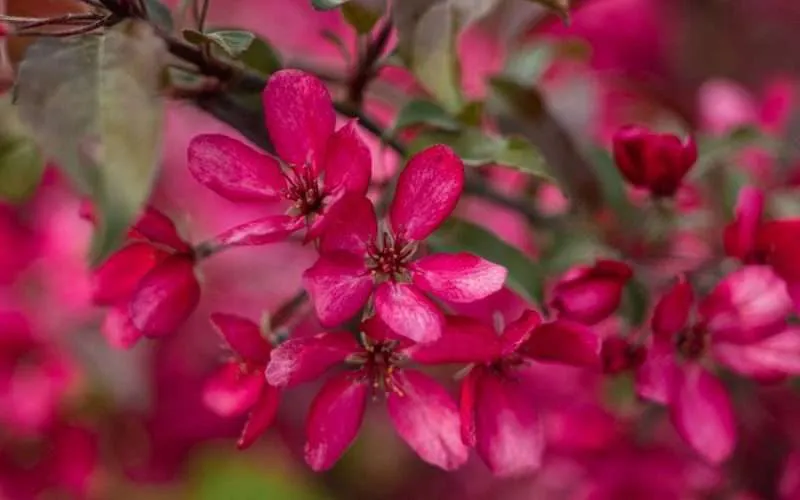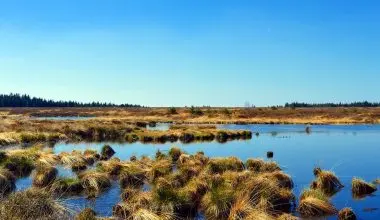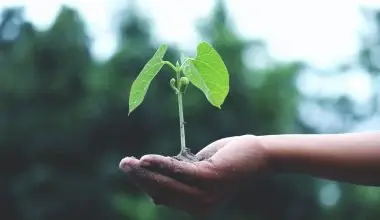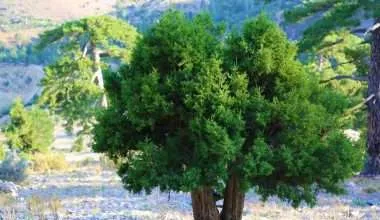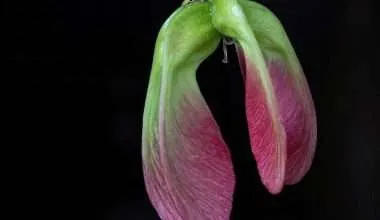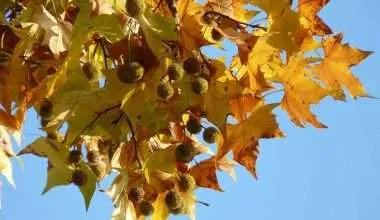Table of Contents Show
Living life in the fast lane is not for everyone… certainly not for some of the slowest growing trees in the world. Nope, in fact, it’s almost as if the quality of life is what these slowing growing trees are after.
They are determined to make the most of their lives on Earth and are determined to enjoy every single moment of their life to the fullest. Sometimes, it’s a pity that we humans don’t take this as our motto in life.
Almost reminds you of some lines from a W.H. Davies’ poem, “What is this life if full of care, we have no time to stand and stare…”
Well, the following trees have certainly taken these words to heart, figuratively speaking of course, because they definitely take their own sweet time growing up to maturity. In other words, the following eight trees have some of the slowest annual growth rates of all trees growing.
Understanding Tree Growth
Before we delve into which trees grow the slowest, it is imperative to understand what tree growth refers to? Is it how tall a plant is getting? Or is growth simply restricted to how soon a plant starts to produce fruits? Or does it refer to how deep into the soil its roots go?
In actuality, tree growth refers to either Primary Tree Growth or Secondary Tree Growth. Here is what both these terms mean:
Primary Growth of Trees
The primary tree growth refers to how tall a tree is growing, and how much larger it is becoming with every passing year. So this increase in the height and length of any tree can occur individually in different areas of the plant.
Primary growth is inclusive, from the end of the plant’s roots to the tips of its shoots, and green leaves. This means that if a tree is becoming taller, or some of its branches are gaining in length, then the tree is undergoing its primary growth stage.
Secondary Growth of Trees
Secondary tree growth is when a tree starts to grow thicker rather than just becoming taller. So any increase in diameter, of any one or all parts of the tree will be included in the secondary growth of trees.
This means that secondary growth refers to the increasing thickness of the stems, branches, or roots, both of evergreen trees as well as seasonal ones.
Having understood the two types of tree growth, we may now look at which of the trees living in the world today have the slowest growth patterns of all. Conversely, how does the growth of a tree affect its lifespan? Is it true that the slower a tree grows, the longer it will live? Let’s read on to find out!
8 Slow Growing Trees for Your Backyard
Slow growing trees are often the popular choice, especially for small garden owners who mostly don’t have a lot of soil available for planting. This is because since these trees take their time to grow, they don’t require a whole lot of maintenance.
So once you have set up your plan, that would basically be it, and you could then manage without too much hassle. Moreover, their stature ensures that these trees don’t ever really outgrow your available garden soil.
These small trees are ideal for small gardens and are popular for that very reason. While this list in no way is definitive, it explores the commonly seen slow growing trees in the United States.
There may be some individual tree that grows slower without being a slow growing tree variety. So there may be some variation from real life experience.
With that said, let us focus on the 8 types of slow growing trees that are commonly planted across small gardens in the United States. Keep in mind we are comparing the primary growth, hence the annual change in height, of trees. When comparing secondary growth or an average of both, the results may differ.
1. Eastern Hemlock Tree
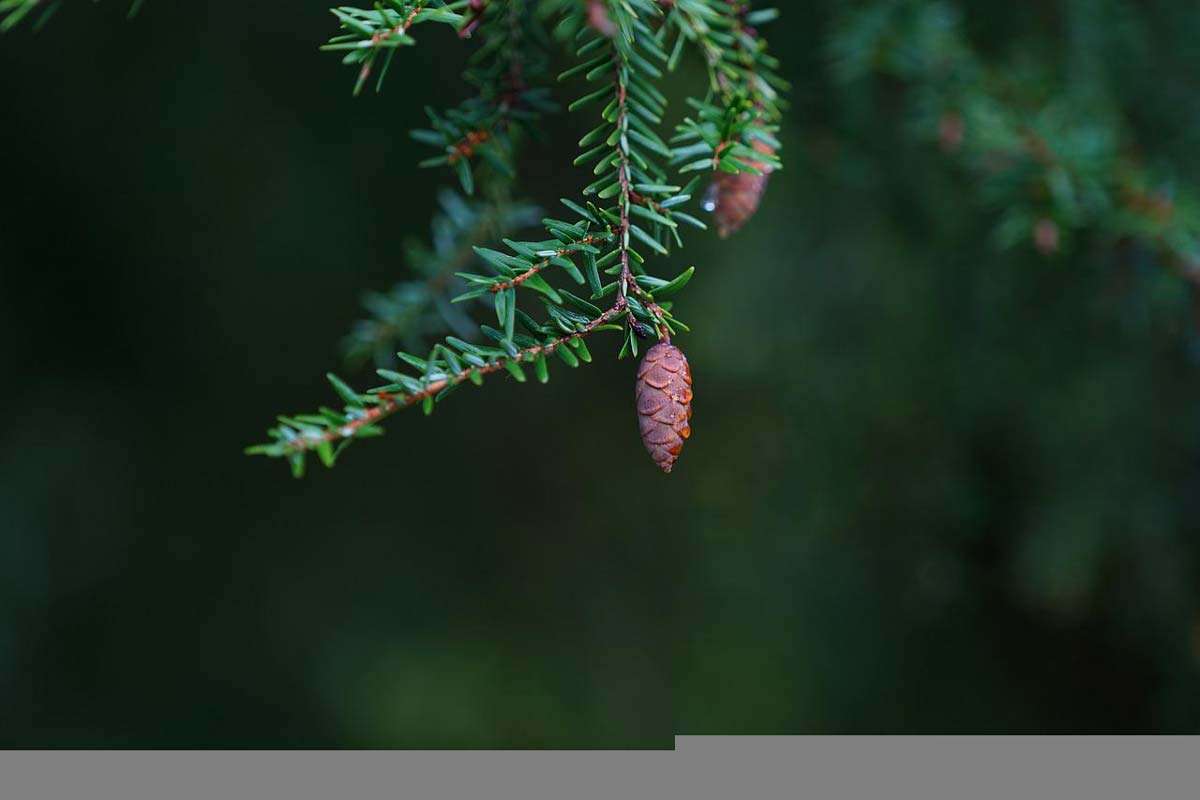
One of the most popular examples of a slow growing, evergreen tree with beautiful, green leaves, which can be found in the States, is the Eastern Hemlock tree. This species is a steady grower.
This means that while the tree grows slowly, it continues to do so for a very long time. It can take hundreds of years for the tree to just reach maturity. However, being an evergreen tree gives it the advantage of growing throughout the year.
An interesting fact about the Eastern Hemlock is that since it keeps on growing for quite a while, it can even become one of the tallest trees around. This is in fact something that has been recorded by the USDA Forests Service, with the evergreen tree in question reaching a staggering 175 feet.
Not only are these remarkable trees slow to mature, they in fact also have a very long life. Commonly, the Eastern Hemlock can live up to 800 years, although the oldest recorded Eastern Hemlock is said to be 988 years. Just barely shy of 1000 years! Talk about taking life nice and slow! The slow and steady growth rate of these trees is quite remarkable in itself.
An Eastern hemlock can take up to 100 years to reach 2.5 cm in d.b.h., or diameter at breast height. Other, faster-growing trees (such as sugar maple) may take up to ten years to attain this standard tree measurement.
This makes the Eastern Hemlock about 10 times slower than the average North American trees. The Eastern Hemlock under normal circumstances can be expected to grow, in your average garden soil, at an annual rate between 12 and 24 inches.
2. Canadian White Cedar Tree
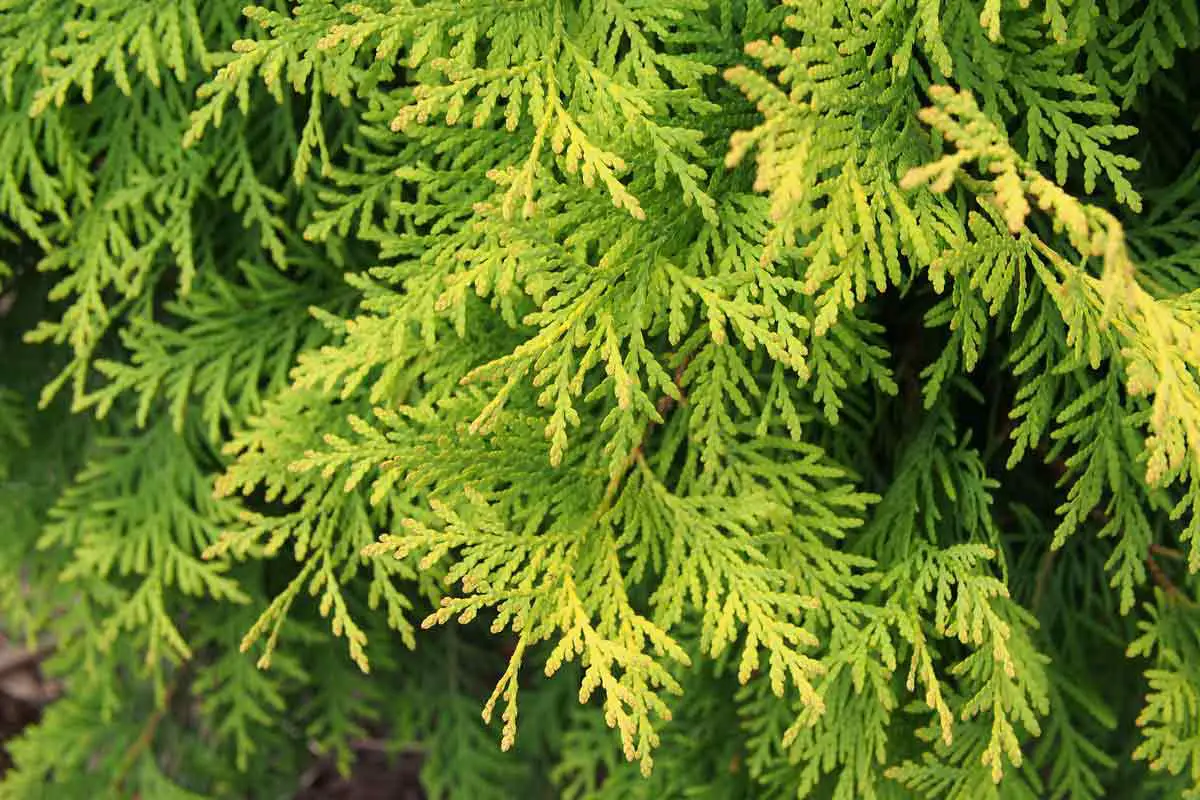
The Canadian White Cedar tree, often known as northern white-cedar or eastern arborvitae, is an evergreen coniferous tree native to eastern Canada and much of the north, central, and upper Northeastern United States. However, it is frequently cultivated as an attractive plant in garden soil.
Eastern White Cedars can form clusters that are connected together by their root system or stem. They can grow and live in stressful conditions like crevices between rocks, making them an excellent tree for growing in and near the Canadian Shield.
Eastern White Cedar heartwood and sapwood are both resistant to degradation caused by a variety of environmental causes. As a result, many individuals utilize their wood to create exterior fixtures like roofs or decks.
These remarkable adaptive trees are survivors in the wild. They are able to survive in a range of extreme conditions and still manage to steadily grow. Though in earnestness, they do take their time doing so.
The Canadian White Cedar has a lifespan of about 700 years. Not quite as impressive as the Eastern Hemlock, but still quite close. The Canadian White Cedar Tree normally grows at a similar rate as the Eastern Hemlock… about 13 to 24 inches in a year.
3. Don Egolf Redbud Tree
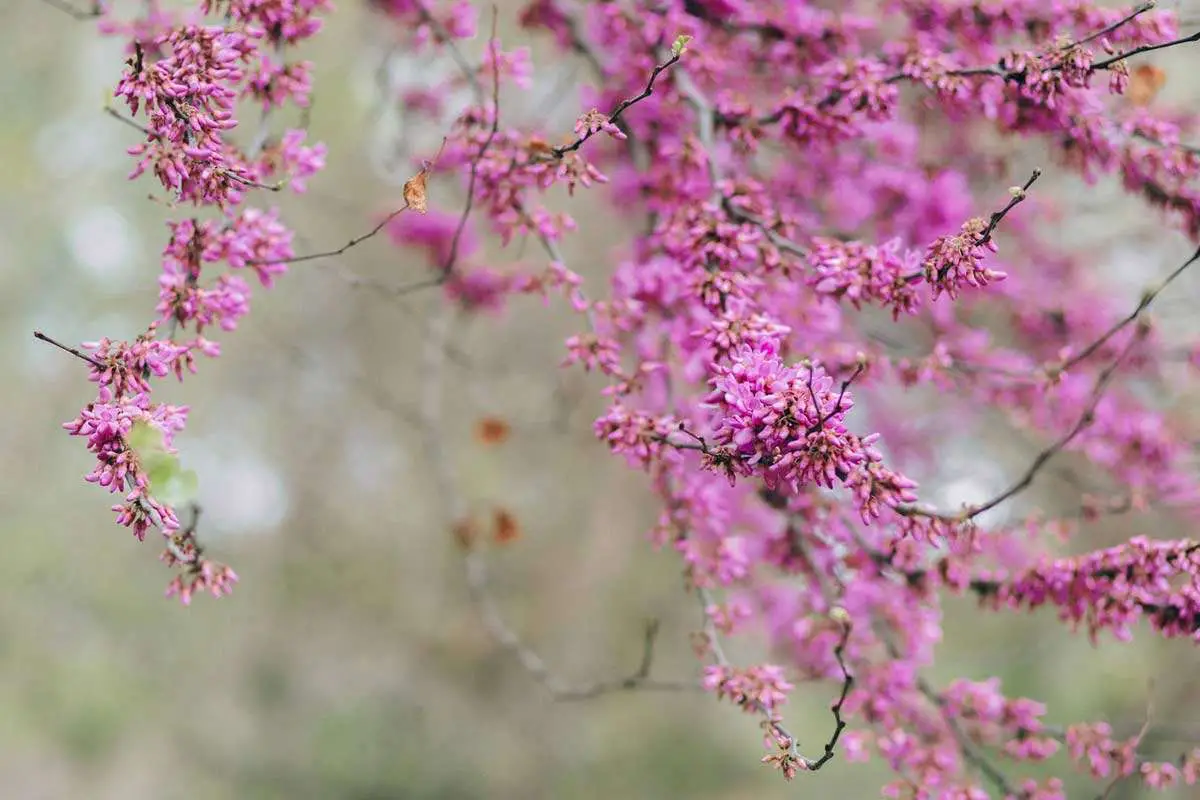
This short, almost bush-like tree is often confused for being a colorful bush due to its short height. The tree manages to only grow about 10 feet throughout its lifespan. This short tree not only has a short mature height, it also has a terribly short lifespan.
The Don Egolf Redbud only lives between 50 to 70 years. This is a testament to the fact that slow growing trees don’t always have long lives. In fact the Don Egolf Redbud is quite prone to plant diseases as well. These significantly impact its already short lifespan.
While the tree may be short with a short lifespan, it is still probably one of the prettiest trees in this list. The Don Egolf Redbud has bright vivid colors that are on display all spring. If a small dazzling tree is what you would like to have around, then you need not look any further. This tree is all you’ll need.
The Don Egolf is usually better suited for warmer climates. It requires heat and an ample supply of sunlight for that reason. Depending on the location, you may have to take good care of this tree, especially until spring comes around.
The Chinese Redbud, as it is also known as, takes about 15 years to reach maturity and only reaches a height of 10 feet in that time. This makes the annual growth rate of this tree not more than 16 inches. While this is not the slowest growing tree out there, it is still one of those trees that have an overall slower growth rate.
If you do plan to get the Don egolf Redbud tree for your own garden, then it may be wise to purchase a mature plant. Taking care of a Don Egolf sapling can be quite the task and until it matures you won’t actually be able to enjoy the beauty of this tree, especially not in spring!
4. Bur Oak Tree
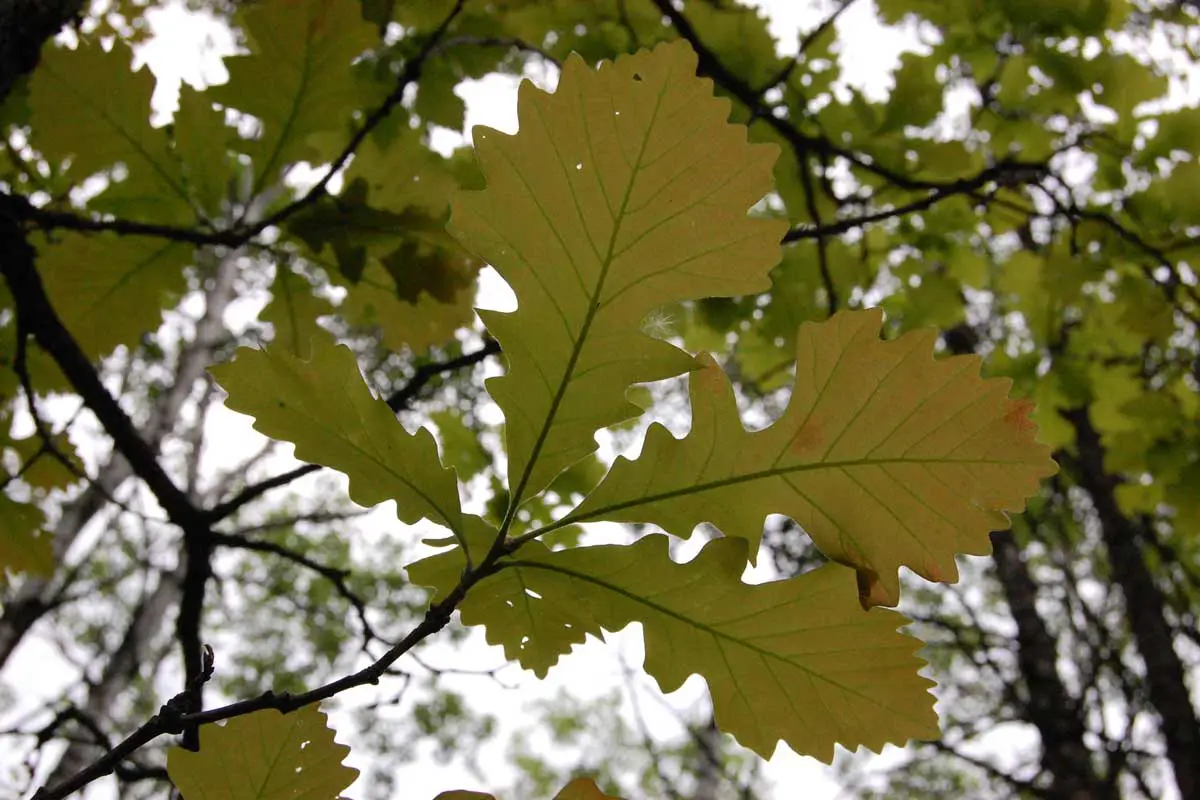
With a lifespan of 200 to 300 years, the Bur Oak knows that it has ample time to grow and mature. So it makes sense for it to grow less than 12 inches every year.
While the growth rate may be slow, the long life span means that the Bur Oak will still be able to reach an impressive 80 feet height over the span of its life. This adaptable tree can fit into any setting, even those urban settings where, with little soil or room to grow, almost no other tree would be able to survive.
5. Japanese Maple Tree
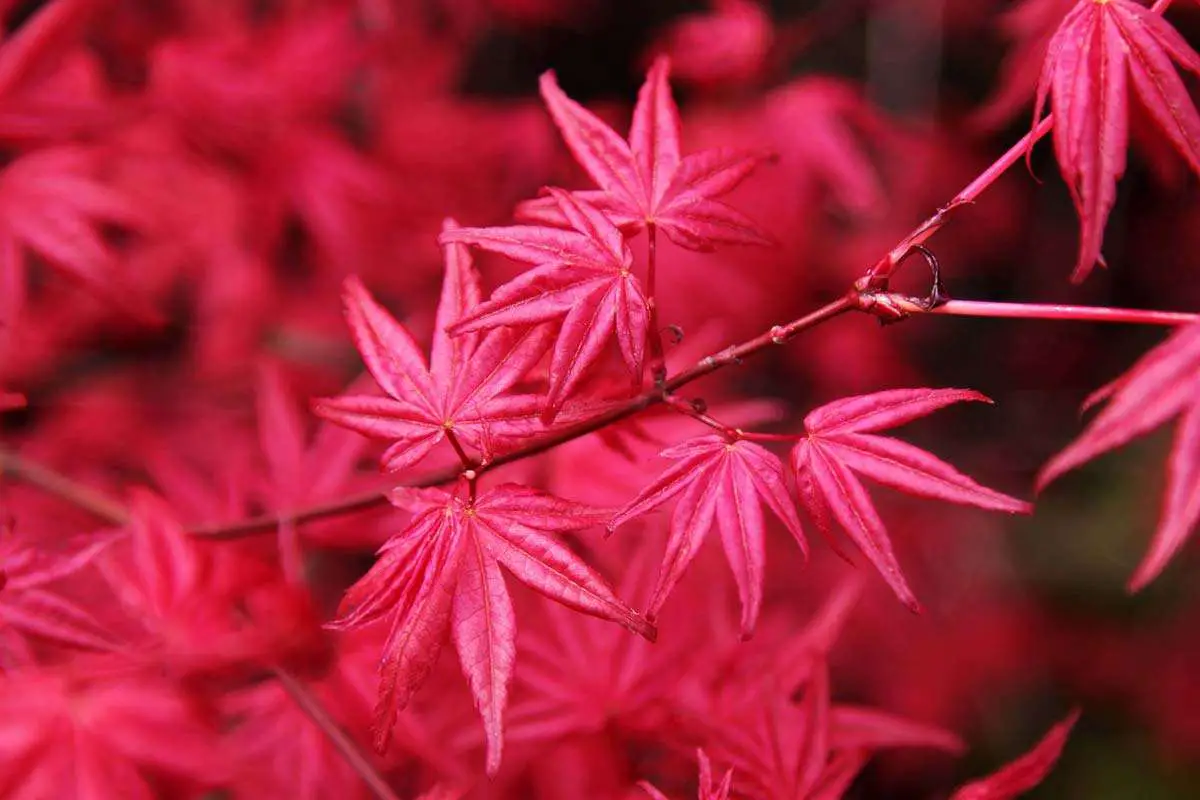
The red-purple leaves of the Japanese Maple are sure to set this tree, no matter which of its variants you may be looking at, apart from all other plants roundabout. The fall color of this tree’s leaves are part of its amazing success.
The Japanese Maple has a growth of one to two feet every year. It reaches a maximum height of around 30 feet within, approximately, the first 12 years of its life.
However, its secondary growth rate must also be taken into account which is why the Japanese Red Maple is also one of the slowest growing tree species overall.
The Japanese Red Maple is also a very beautiful looking tree and so will look good in any garden or backyard. The only downside to these trees are the number of helicopter seeds that the tree can produce so watch out for that!
6. Purple Lily Magnolia
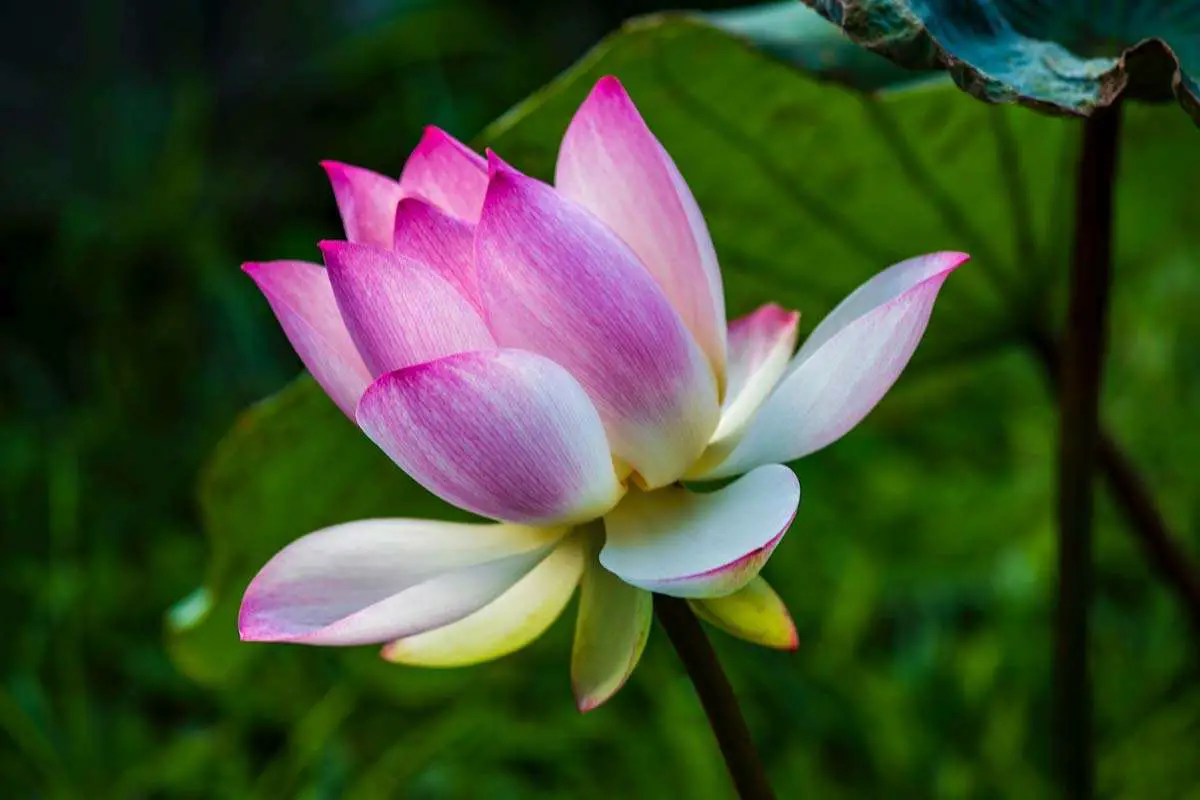
Pruning a Purple Lily Magnolia into the shape of your choice is simple and fun. Since it is another slow growing tree, it is perfectly suited for shaping and styling according to your tastes.
The Purple Lily Magnolia is not a very long lasting tree having an average lifespan of only 100 years, but it is definitely worth keeping around because of how much fun you can have with styling it.
WIth a growth rate of just 6 to 12 inches every year, the Purple Lily Magnolia takes between 10 to 15 years to reach its full height of 10 feet.
It is also one of the most amazing flowering trees around, producing globular shaped, pink, purple and white flowers. The globular blooms are two-toned. Come fall, the leaves turn golden brown and fall off the tree.
7. Chinkapin Oak Tree
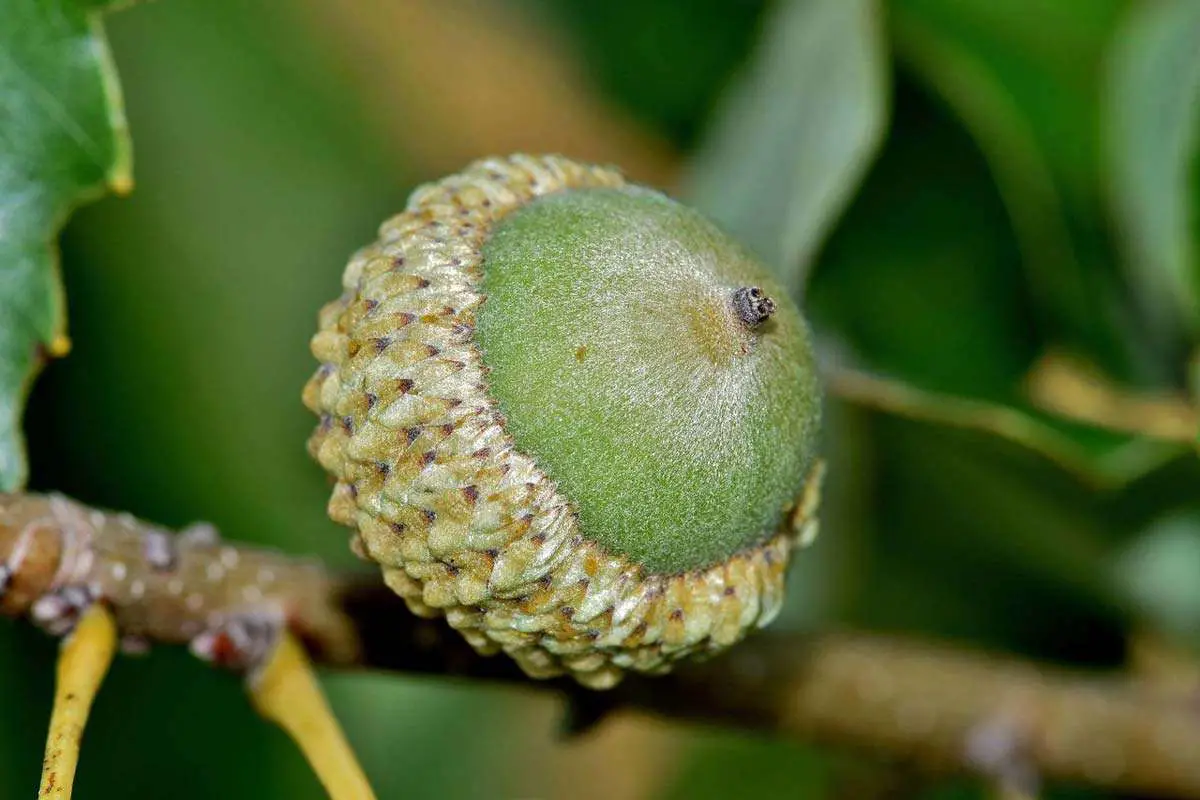
With an average lifespan of at least a hundred years, the Chinkapin Oak is a great, slow growing tree that you could add to your garden. The dark green leaves of summer give way to orange-brown in fall.
Do keep in mind however, that not only does this plant need a lot of soil cover and space to grow in, but it must also have a minimum six hours of direct sunlight so that it can grow properly. So it is better suited for sunny regions.
Good for providing at least a little partial shade on a hot day, the Chinkapin’s slow growth of 10 to 24 inches every year, really allows it to develop all its assets more thoroughly. This allows us humans to benefit from the tree to the maximum possible extent.
8. Serbian Spruce Tree
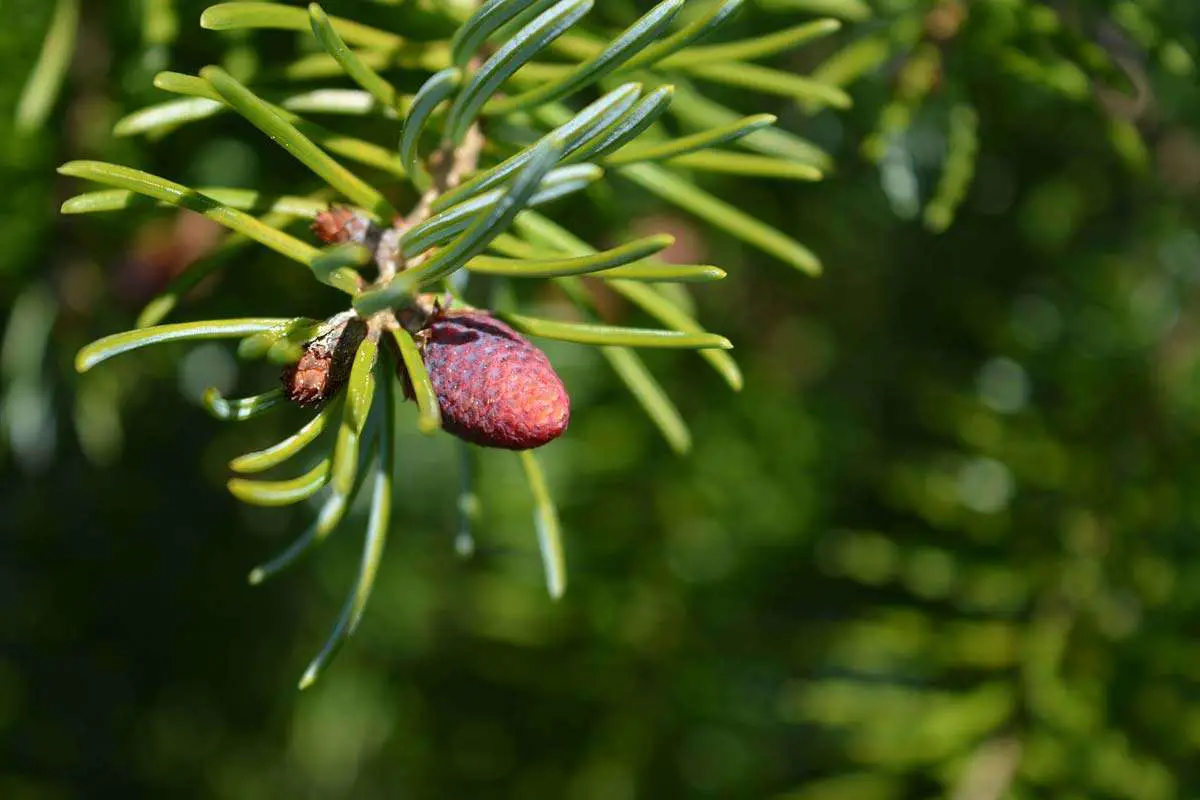
It may be the last tree on our list, but that in no way means that this particular slow growing tree is not as impressive as they come. And they make a wonderful addition to any backyard!
There is just one small problem, when we talk about growing, the Serbian Spruce Tree really grows… in all directions, so roots and stems, everything will grow together.
That is why you must remember that you haven’t planted your Serbian Spruce in too compact a portion of soil. These roots need ample room to grow otherwise they will disrupt structures such as walls or sidewalks that come in the way of the growing roots.
With an average lifespan shorter than most other slow growing trees, the Serbian Spruce still manages to grow to a height of 30 to 35 feet tall. It has an average growth rate of one to two feet every year.
Why A Slow Growing Tree Is The Right Choice!
When you think about it, why do you need to go for a slow-growing tree? It will take a very long time to reach maturity, maybe it won’t give you any dividend, in terms of fruits etc. for an even longer time, so why bother?
Well, to tell you the truth, different people have their own, unique reasons for growing a small tree or some flowering trees, and these reasons vary just as much as the growth rates of the different trees themselves. However, here are some good reasons for choosing slow growth trees over fast growth ones.
Low Maintenance
These trees are usually very low maintenance trees meaning that they do not require a lot of care. Instead, all you need to do is plant a small tree in the right kind of soil, and allow them to grow. In fact, if you just have a bit of soil next to your house, try growing a small tree in it!
Of course, you will need to keep an eye on essential requirements such as whether the plant in question needs partial shade, or a sunnier spot to grow in or will do better with plenty of sunshine, or a different kind of soil and so on.
Long Lifespans
If you are something of a history buff like myself, you will definitely find the beauty in this idea.
You plant a small tree right next to your ancestral home and then, three to four generations later, you have family around who are still able to enjoy the beautiful, partial shade and beauty of those majestic trees.
So since most of these trees can live anywhere from 60 to 100 to even 800 years or so, that is one benefit that you may want to leave behind… the living memory of a tree grown with your very hands.
